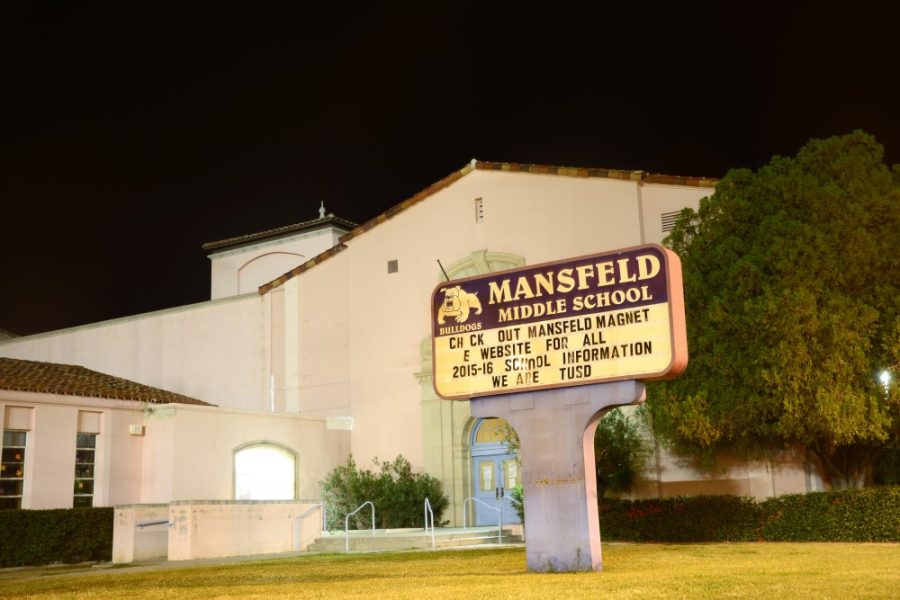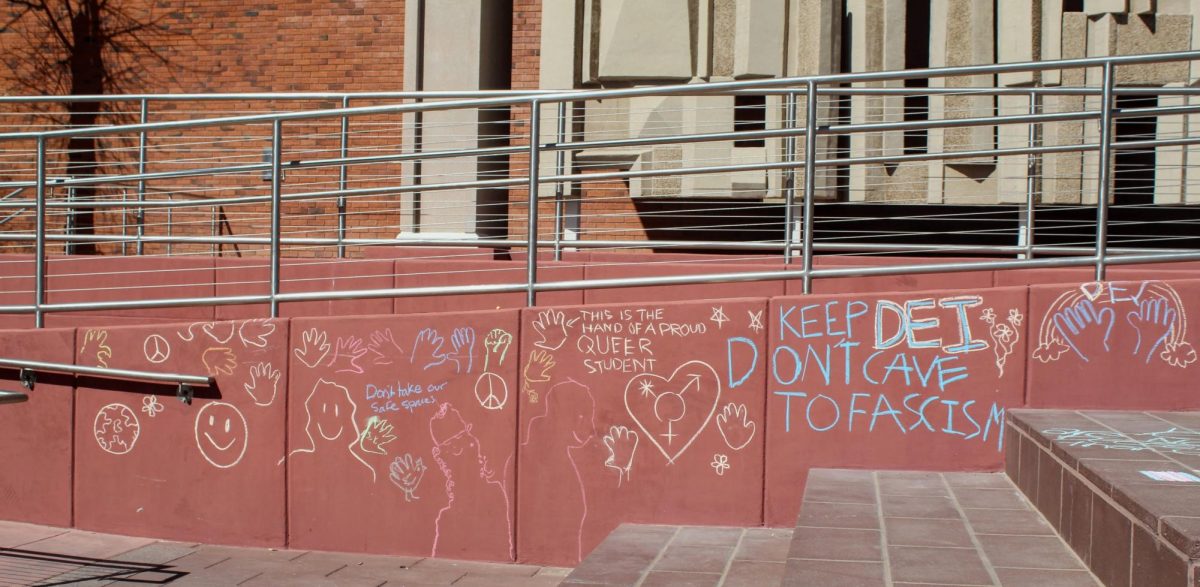During the last few days of October, the lawsuit over K-12 public schools’ inflation funding from the government was resolved with a new plan mediated by the governor’s office. The lawsuit began in 2010 when plaintiffs Arizona Education Association, Arizona School Board Association, and the Arizona Association of School Business Officials sued the state legislature for not paying the public schools’ inflation rate funding.
According to Heidi Vega, director of communications for the Arizona School Board Association, the state legislature stopped funding this inflation rate in 2008, which goes directly against Proposition 301.
The proposition, which was passed by voters in 2000, states that the K-12 budget must be increased for inflation every year with a maximum of funding at the 2% level, according to Randall Friese, state representative for legislative district nine. Friese, who began his term in office in January 2015, credits this lack of funding to the possible hardships that came with the recession during 2009 and 2010.
“The revenues were quite tight in the recession times, and they were trying to make cuts to try to make the budget as balanced as possible,” Friese said. “Those [funding] increases were mandated by the voters, so the legislature had a legal responsibility to do that and possibly could have made cuts elsewhere in the budget but chose to not fund the education inflation increase.”
The state superior court ordered the legislature to pay back the schools, but they could not reach an agreement, leading to arbitration and eventually coming to a compromise when the governor’s office intervened to mediate a deal in October. Friese said that the deal includes spending part of the state land trust — state land set aside to fund education through the leasing fees and interest it raises, as well as raising interest in order to fund education inflation. He sees this as a problem because it diminishes the “principle of the trust,” and the increased interest could lead to a smaller disbursement from the smaller trust in the future. According to Friese’s estimations, without the governor’s plan, the trust would have around $9 billion in it by 2026; with the plan and its use of trust funds, there would be $6 billion in the trust. A smaller trust means smaller disbursements from education funding.
“What we’re doing is taxing Arizonans in 2026 to pay for education today because the disbursements from that trust will be lower. From the trust, education will get less,” Friese said. “We’ll have to make it up somewhere else.”
The plan also lays out specific economic triggers that, if met, mean that the state legislature does not have to pay for education inflation funding. It also, according to Friese, has the legislature only paying about 70% of the reset payments that are owed to the school as well as around half of the back payments. Friese also estimated that the legislature had a surplus of around $600 million in fiscal year 16, which he thinks could have been used to pay for this lawsuit. He said the plan is flawed but understands that it gives the schools the money they need.
“Half of our kids [in schools] have never been in fully funded classrooms. That’s huge,” Vega said. “Schools are doing more and more with less and less, and when you benchmark us against the nation we are at the bottom [in per-student funding].”
Because the plan brings in money for the schools, Vega is happy with the resolution of the lawsuit. She said the money can be used for things like textbooks, CTE needs, teacher salaries and curriculum costs. The money is not earmarked for a certain purpose though; it can be used for whatever needs each school has, something that Vega is especially pleased with.
Both Vega and Friese emphasized that the money the schools are getting from this lawsuit is not “new money,” but rather money that the legislature has owed the schools for years.
“Our schools can’t wait. They’ve been waiting all these years. They need this money and I think that’s a big message we want to communicate … that we need to move forward,” Vega said.
Because the plan modifies the voter-passed Prop 301, it needs to be passed by voters in a special election in May to go into effect.
“I think voters will respond to the concern that k-12 education needs money now, but I wish the voters would be able to put the time in understanding the problems of the plan, but they may not,” Friese said.
Vega is hoping that the plan will be passed so that then the schools can focus on Arizona education’s other challenges, a sentiment echoed by Arizona Board of Regents Chair Jay Heiler in a press release about the K-12 funding plan.
“Settlement of this lawsuit allows state leaders to move on to other important education efforts, including the higher education reform agenda,” Heiler said in a statement.
If the plan is passed and K-12 education does receive funding, Friese is concerned that the legislature will refrain from giving education “new” money in addition to the “due” money from the lawsuit.
“We still need to put new money in so that our public schools can be more robust, pay teachers well, get their nurses and their speech therapists back and become the robust system of public education that we’re supposed to have, per our constitution,” Friese said. “Our constitution says that we must establish and maintain a system of public education that is general and uniform, and we are not maintaining it. We are absolutely not maintaining it.”
Follow Ava Garcia on Twitter









